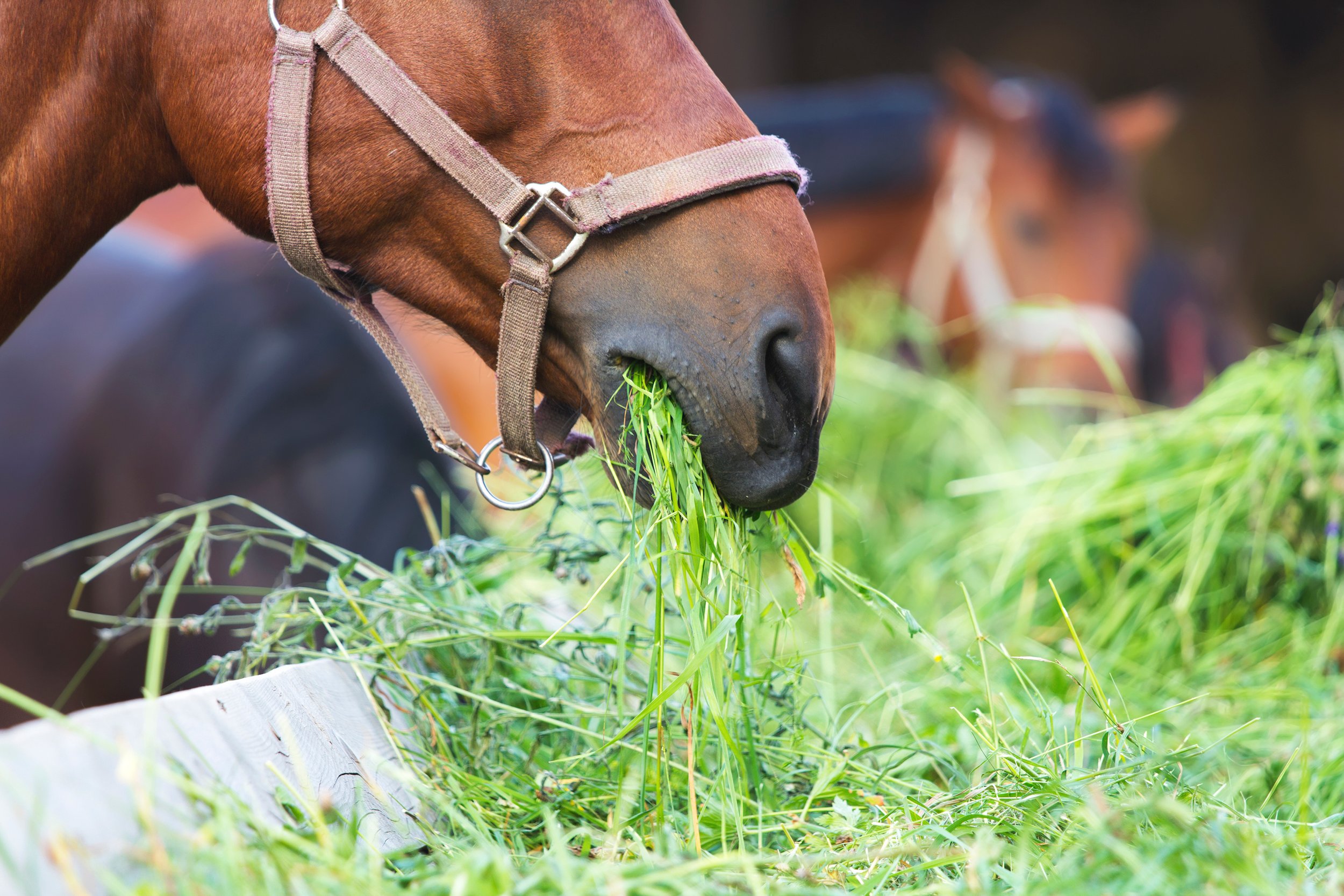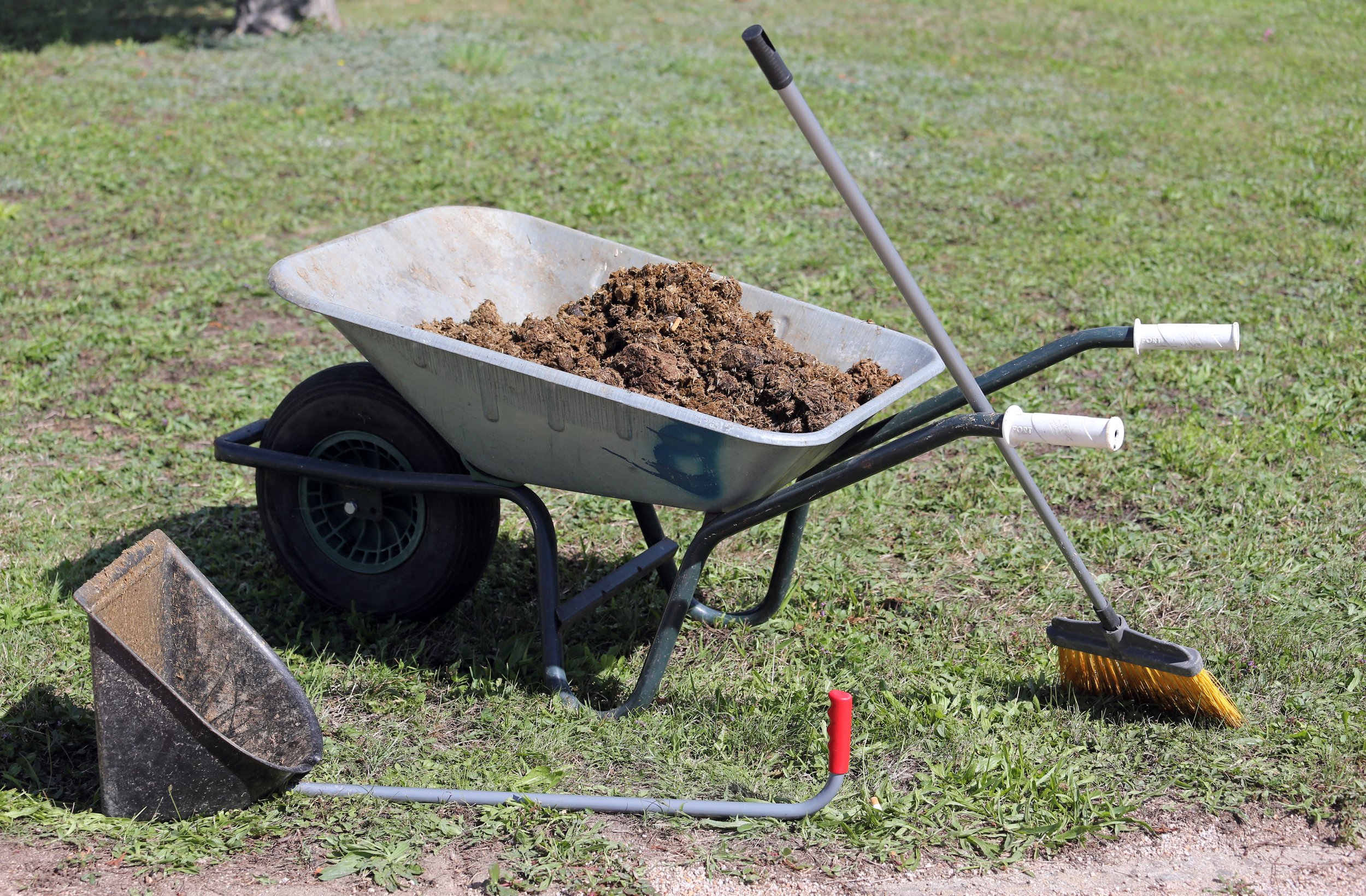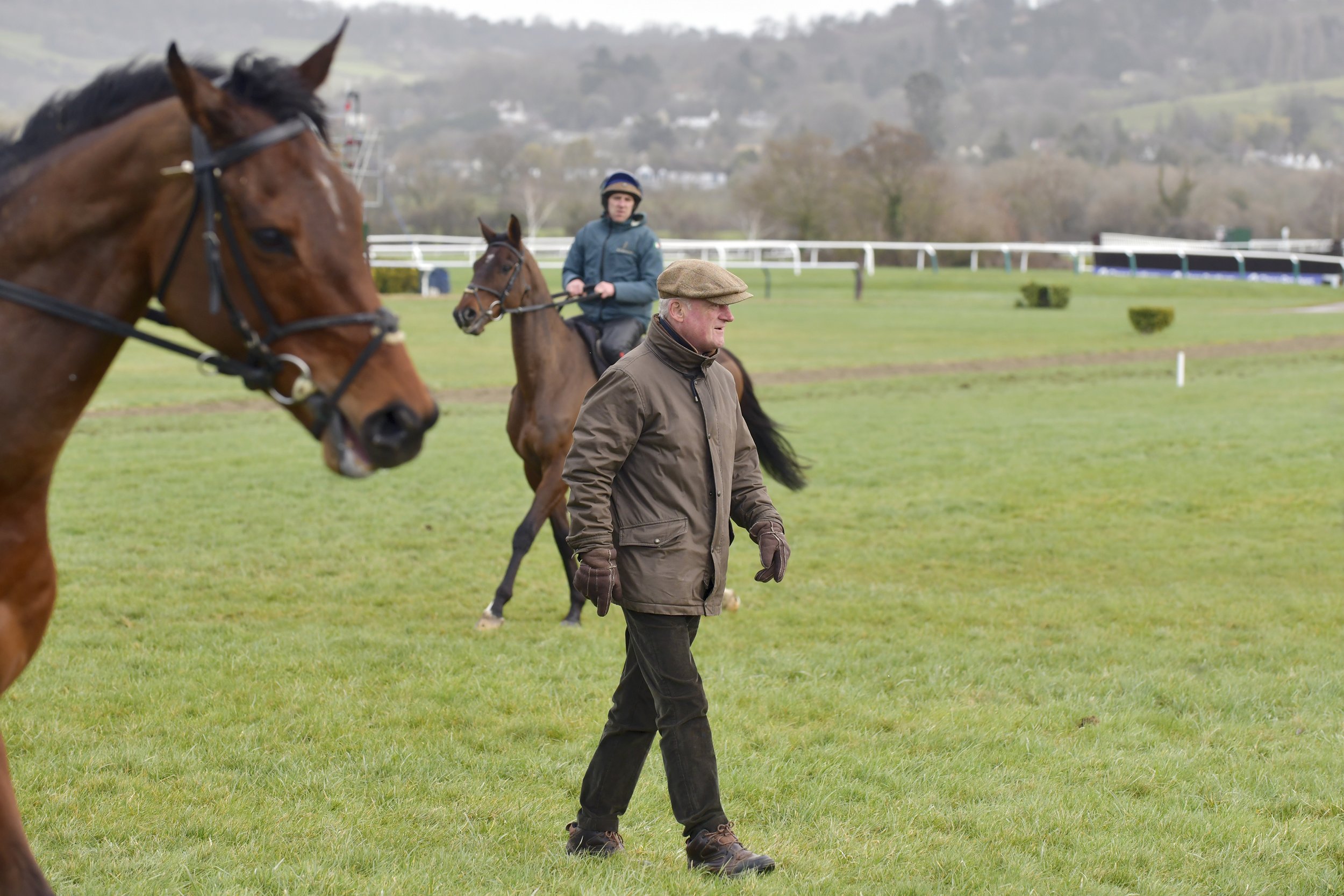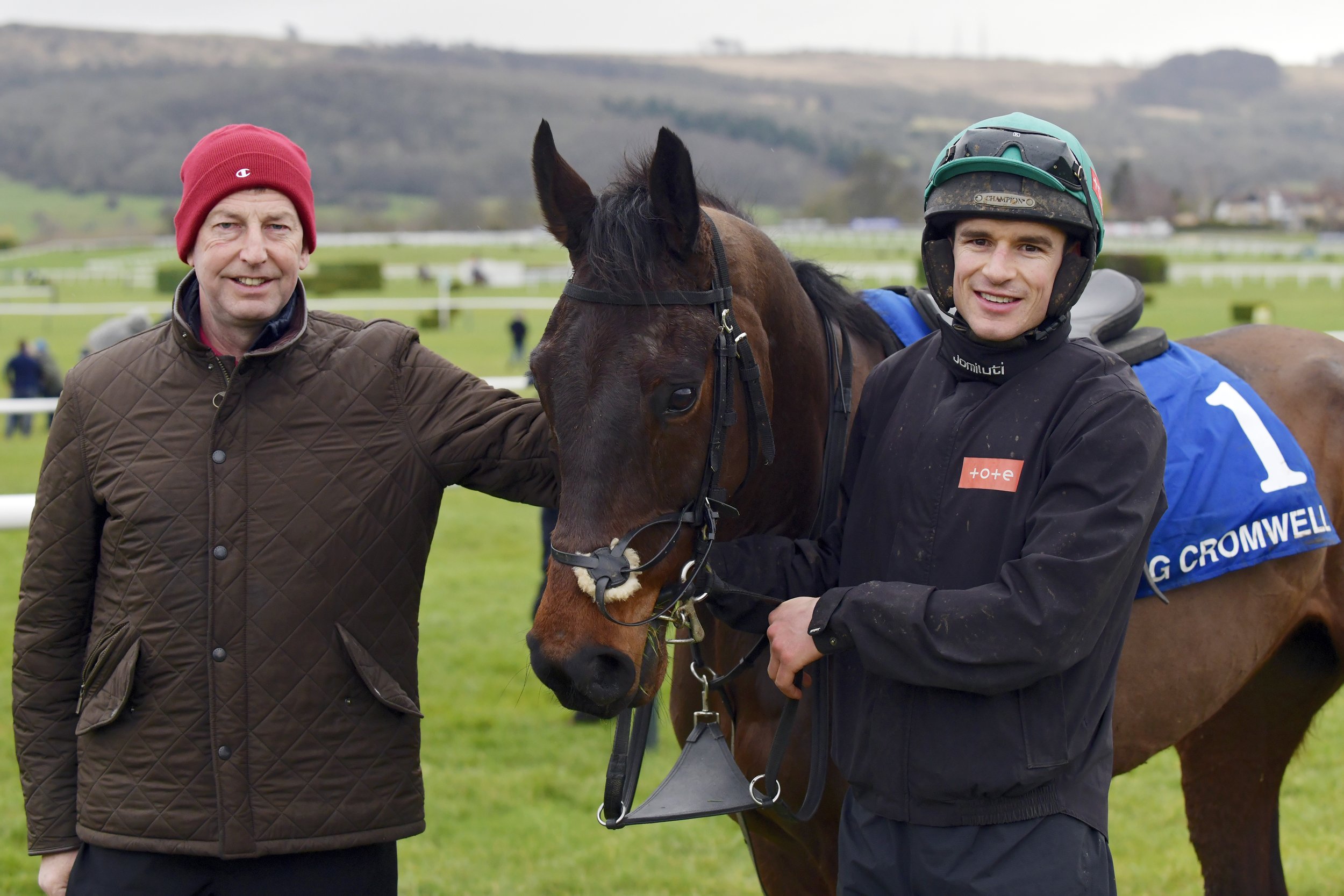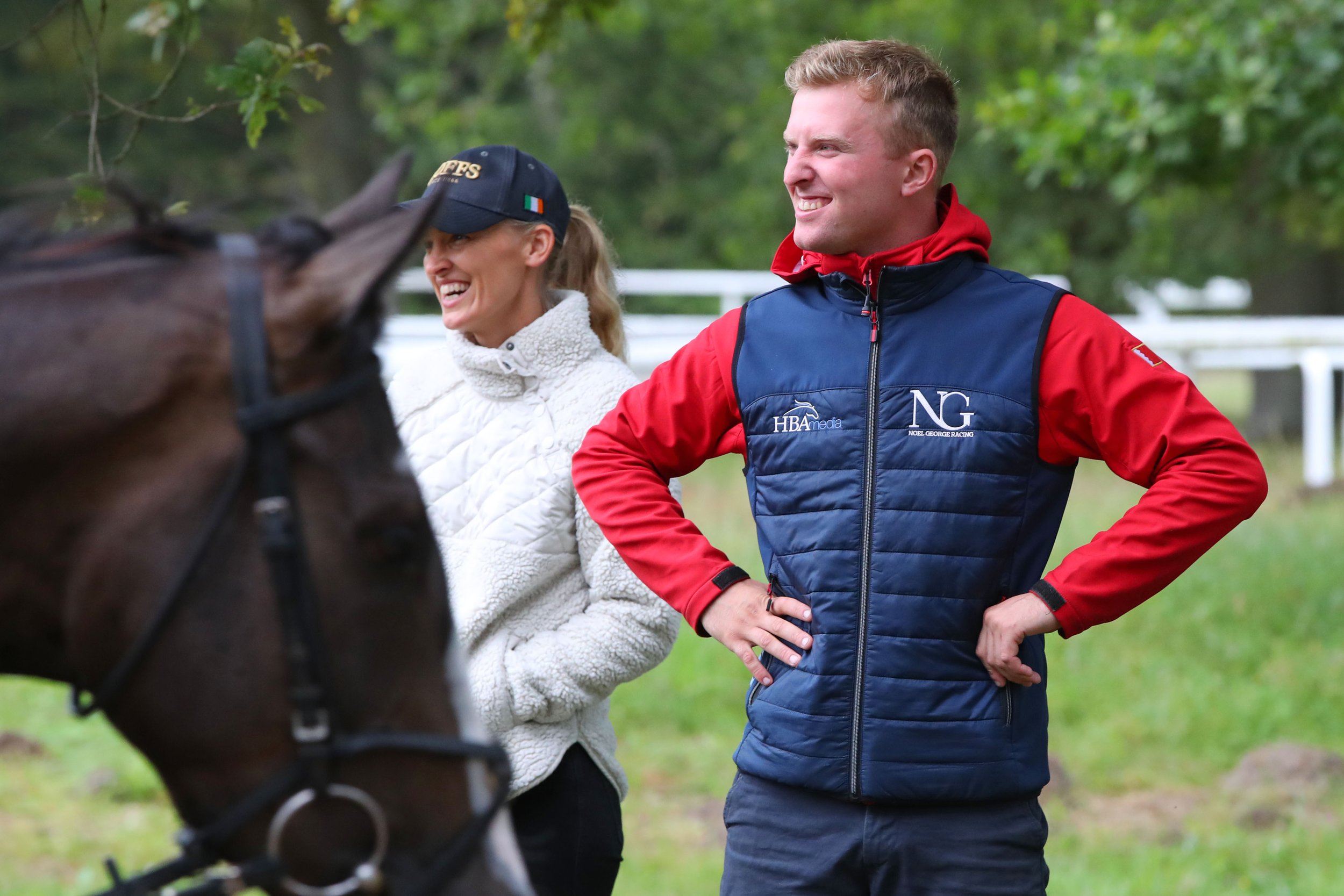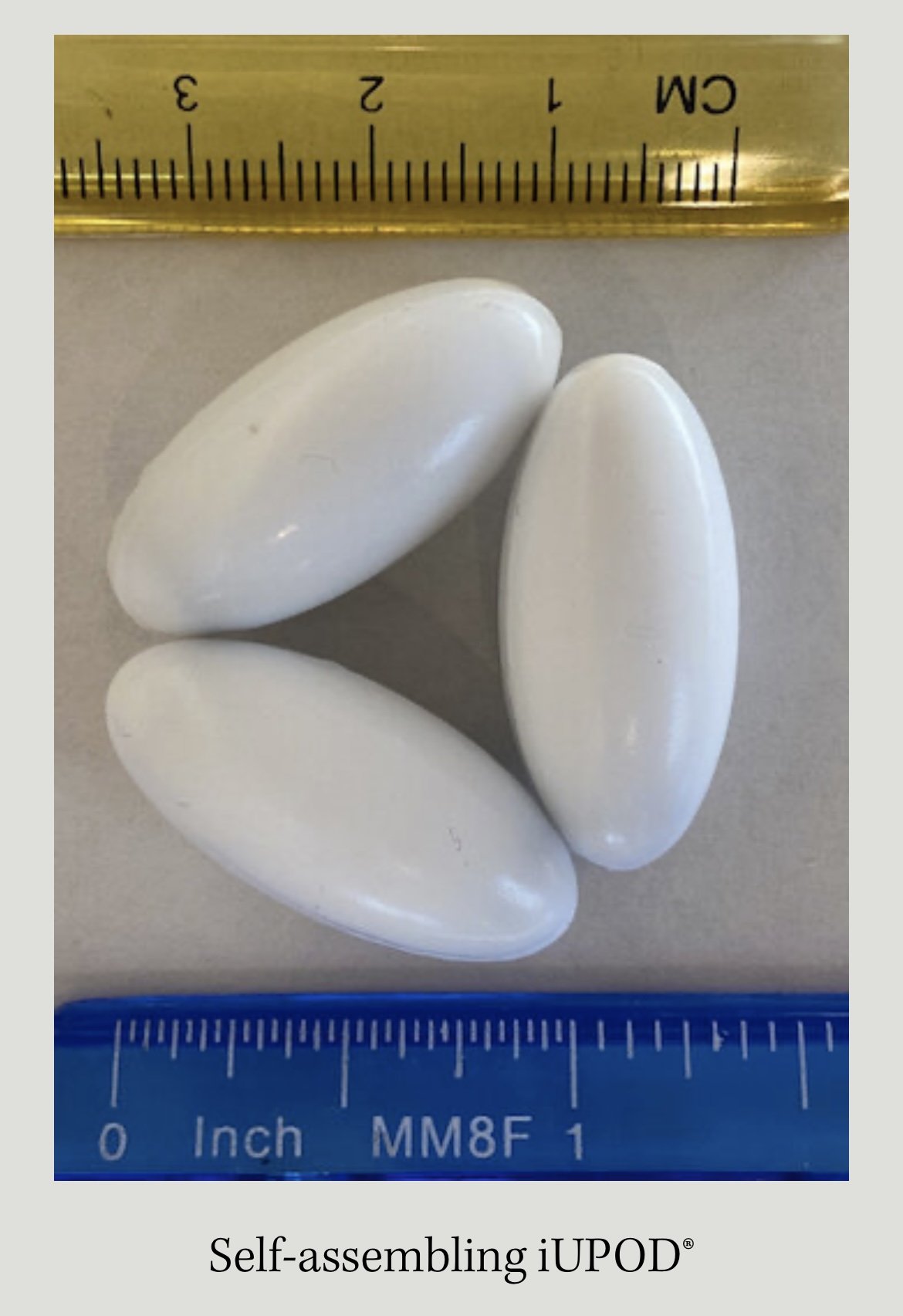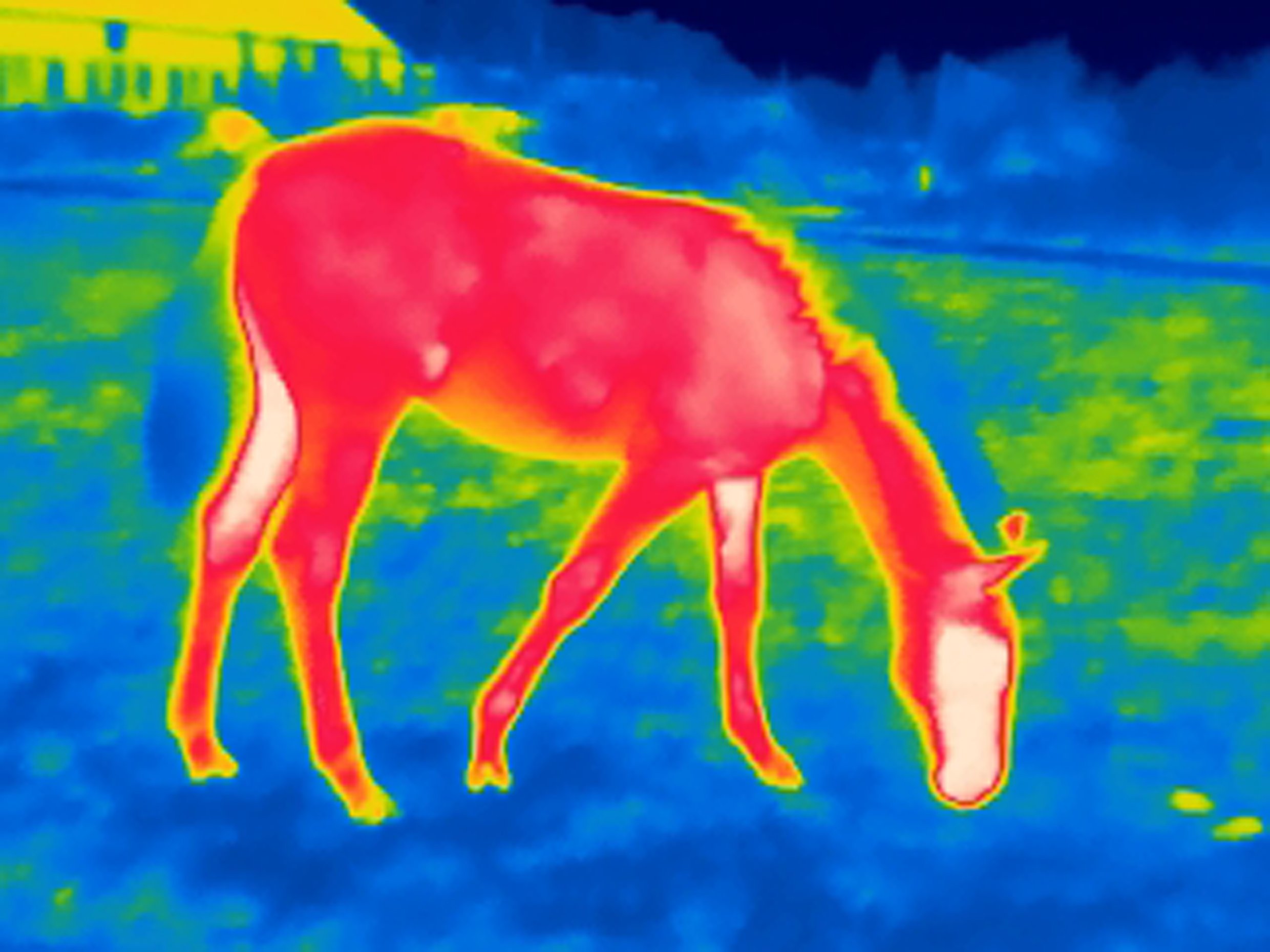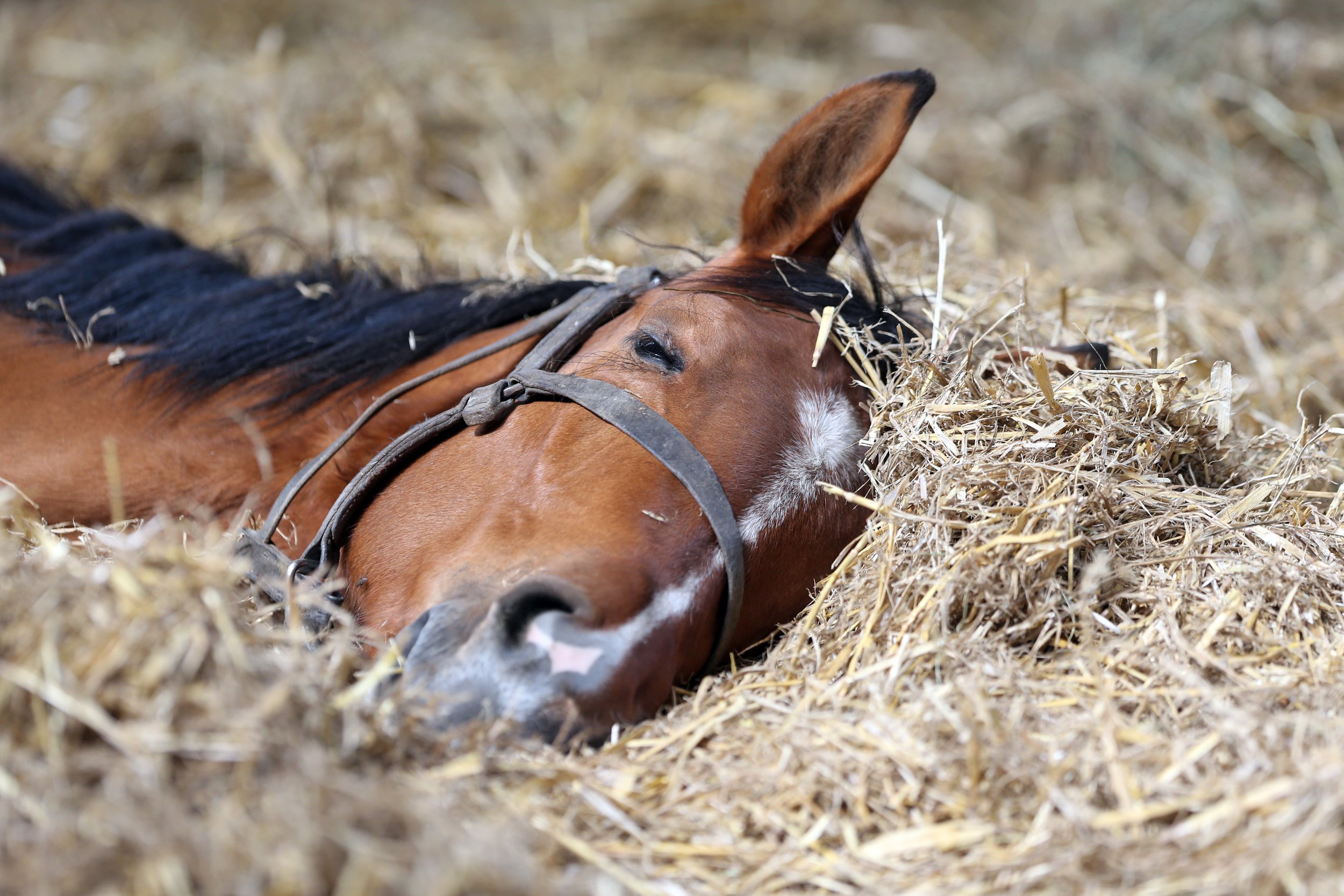Cover Profile - Daniel and Claire Kübler
/Article by Alysen Miller
At first glance, Upper Lambourn may appear to have little in common with Revolutionary France. It was in Paris’s 4th Arrondissement that, during the heady days of the French First Republic, science’s first power couple, Marie-Anne Pierrette Paulze and Antoine Lavoisier, constructed a state-of-the-art chemistry laboratory at the Arsenal, on the edge of the eastern part of the Marais. This enabled the husband and wife team to make a number of discoveries that were central to the so-called Chemical Revolution – the name given to the reformulation of chemistry during the seventeenth and eighteenth centuries, culminating in the law of conservation of mass and the oxygen theory of combustion.
Two centuries later, another husband and wife team is quietly conducting their own scientific revolution in the Valley of the Racehorse. Far from the atmosphere of roiling social unrest, political protests and food riots that characterised late eighteenth century Europe, Claire and Daniel Kübler have embraced a scientific approach to training racehorses.
The couple uses the latest in cutting-edge technology including genotyping, stride analysis and biometrics to inform their approach. While the Kübler’s are certainly not the only operation to have embraced the science behind the sport, they were among its earliest adaptors.
In an industry that often seems to struggle with the weight of its own traditions, where having the right bloodlines can appear to be as important for its human as its equine participants, it has proved advantageous that Daniel is able to look at the sport with somewhat fresh eyes. “I’ve always come at the sport as a complete outsider. I’ve got no family connection to it whatsoever,” he says. “My mindset is always to question, ‘How could you do this differently?’ I naturally want to find better or more efficient ways of doing things.
“From when I first worked in a racing yard when I was 19 years old I was like, ‘OK, well, why do they do it like this?’” he continues. “I think there are a lot of practices within racing that make good sense but people don’t necessarily understand why they work.” Daniel and Claire have made it their mission to understand this why and use their findings to improve outcomes for the horses in their charge, both in terms of performance and welfare; using this information to develop a routine that produces not just fast horses but sound ones.
“A lot of horses are compromised in their ability to go fast because they’re not totally sound,” notes Daniel. “And a lot of those problems occur in their development or early on in their racing careers.”
“We’re always looking out for different research,” adds Claire, rattling off a plethora of hot-off-the-press studies including a research paper from Japan that found that horses don’t reach their top speed until they’re 4-and-a-half years old, and a new study from America on bone density. “It’s fascinating to have access to all that information and then think, ‘How can we apply that to our horses here at home?’” she adds.
Since becoming the first husband and wife joint licence holders in 2020, this approach has borne fruit. At time of writing, the Küblers have an 18% strike rate for the current season – putting them ahead, in percentage terms, of considerably larger operations with more purchasing power. With 43 horses in training, the Küblers are able to implement a bespoke approach: “We tailor everything for each horse, whether it’s their feeding regime or the treatments that they have with the physiotherapist. It’s all individualised,” says Claire.
Claire and Daniel were introduced by Ed Sackville. (Trust a bloodstock agent to make a good matchmaker.) She won him over by cooking lasagne. Little did he know at the time that it was the only dish she could cook. (“That’s why you need more than one data point to make a decision,” he quips.)
Happily, Claire is rather more adept behind a computer screen than she is behind a stove. “Claire is exceptional at detail and being able to process a lot of information,” says Daniel.
“I’m very analytical,” agrees Claire. “I will always challenge stuff. I don’t accept something just because that’s the way it’s always been done. And I love going into detail. So I can dive into it and pull it apart and then take a step back and go, ‘OK, that was not worth it;’ or, ‘Actually, we’re onto something here.’”
“And that’s probably where we complement each other,” adds Daniel. “I’m a bit more of a creative [type].”
“I think we’re very lucky in that we both have the same values and we care about the same things. We’re both driven in very similar ways,” concludes Claire. “And horses are front and centre of that.”
The Kübler model is based on the three pillars of Horsemanship, Science and TeamWork. Or perhaps it’s more of a Venn diagram, given that Claire and Daniel clearly regard these concepts as very much overlapping: “I guess it all goes back to ‘happy people make for happy horses,’” says Daniel, noting that Claire hates the tweeness of the aphorism. “That’s the foundation of the whole thing. It’s about giving people the skills.”
Claire’s previous career as a forensic accountant for PricewaterhouseCoopers has given her an appreciation for on-the-job training and development: “I was [there] for four years and their management and development programmes were incredible,” she says. “Coming into a racing yard, I was pretty shocked at the lack of opportunities to develop and the lack of programmes in place. Even if you had the enthusiasm to learn more, there weren’t really any pathways to follow.”
That was a lacuna the Küblers were keen to fill when they started training. To that end, they recruited ex-jockey Mark Lawson to provide one-on-one coaching to their less experienced riders. “Everyone wants to be good at their job,” she says. “[Riding work] is a real skill that there’s a shortage of in the industry. When you’re doing those fast pieces of work, it’s about actually being able to hold the horse together in a balanced way and then teach the horse to lengthen. That comes from a huge skillset. Many people can’t do that, or they certainly aren’t balanced while they’re trying to do it,” she continues.
“It’s about giving people the skills,” adds Daniel. “For us, that horsemanship starts with trying to create a good environment – and that’s the physical environment and the mental environment. Hopefully the [riders] are happy and then that transfers into the horses.”
After a summer in which equestrian sport in general has come under renewed scrutiny following the dishonourable discharge of dressage rider Charlotte Dujardin from Team GB’s Olympic team following the emergence of a compromising video, the Küblers are refreshingly candid about their responsibility, as trainers, to safeguard the welfare of the animals in their charge.
“You have to not lose sight of the fact that you’re still working with a horse that doesn’t choose to do what we’re asking of it. And we should always be asking it, not forcing it,” emphasises Daniel.
“Love for the horse is the number one reason we all turn up every day and why we do it,” adds Claire. “We can always keep learning. And we include everyone in that. If there’s some idea that [a member of the team] has about something that we could do better for the horses, we want them to tell us so that we can give the horses the best experience whilst they’re here. It’s bringing that horsemanship together with the science. You do that through people.”
This intersection of horses, science and people informed the design of their yard, Sarsen Farm. “The primary driver when we were designing it was how we could build it so it’s as healthy as possible for the horses and staff, both physically but also mentally,” says Daniel.
“It was nice to design it and then build it exactly how we wanted, taking into account all those things you pick up along the way in your career, whether it’s in California or Australia or in the UK,” continues Claire.
“You learn as you go along, working in lots of different yards and seeing where the horses are happy and where they aren’t so happy, and the reasons behind that. You take pieces from each one,” agrees Daniel.
Since then, the operation has consistently turned out winners. Notably, Daniel and Claire have established a reputation for rejuvenating older horses. Their flag bearer is Astro King.
Having come to the Küblers as a 6-year-old, the 36,000gns purchase from the Tattersalls Autumn Horses-In-Training Sale has since netted connections more than a quarter of a million pounds in prize money, including £103,080 when landing last year’s bet365 Cambridgeshire, becoming the first topweight since the turn of the century to do so in the process.
He was campaigned in the lucrative Middle Eastern races over the winter, finishing an arguably unlucky sixth in November’s $1 million Bahrain International Trophy. Not to be outdone, stablemate Andaleep, who was also 6 years old and rated 65 when he joined the operation, struck on his first start for the yard and has since accumulated more than £200,000 in prize money.
At that age, the horse is not developing physically. Any improvement in performance is therefore attributable to placing and training. “It’s about using the stride information and what you know about the horse to place them in the right races at the right tracks,” says Claire. Percy’s Lad is another horse who is demonstrative of this approach. The £30,000 horses-in-training purchase has established himself as something of a Chester specialist, winning at the May Festival this year to take his career winnings close to £100,000.
But the Küblers are keen to emphasise that it is not only older horses that can benefit from their data-driven approach. “We’ve embraced genetic testing,” says Claire. Since equine geneticist Dr Emmeline Hill discovered the “speed gene” in Thoroughbreds – the first known characterisation of a gene contributing to a specific athletic trait in sport horses – the discovery has had a transformative effect on global breeding and training industries.
Genetic testing of the muscle genome allows the trainer to distinguish between fast-twitched (speed) and slow-twitched (stamina) horses to make informed decisions about their future trip. “It’s about 80% accurate in terms of the correlation between the muscle genome type and what trip the horse wants,” Claire explains.
“It’s not going to give you all the answers but it can certainly form part of your decision making process. Racing is about statistics and probabilities and trying to get the probabilities in your favour. So if you can bring in something like that genome testing, it can help guide you,” she says.
The Kubler’s also utilise blue light technology, the science behind which was developed by Professor Barbara Murphy at University College Dublin. Pictured on Andaleep, the blue light mask strengthens a horse’s circadian rhythms, naturally stimulating seasonal hormones that improve coat condition, muscle development and overall well-being.
The next stage is bio-banding - the concept of grouping athletes based on attributes associated with growth and maturation, rather than chronological age. The method is widely used in human sport to identify future elite athletes that may be late maturers and using this information to train them according to where they are on their growth curve.
“Horses are no different,” says Daniel. “We’re just operating on slightly different timescales. It would be very easy to say that this horse is no good, but in reality it just needs more time.” To this end, the Küblers take x-rays of each horse’s knees and use this to determine when that horse starts its speed work based on whether the growth plates have closed.
Growth plates are areas of cartilage located near the ends of bones, and are the last portion of the bone to harden. “[That’s why] we look at the knees – because that’s actually quite a fragile joint in a racehorse. So you want to make sure that knee joint is mature and ready for that force to go through it,” says Claire.
Limb ground reaction force increases with speed and can be up to 14.0 N kg−1 on a single leg at a full gallop. “There’s not really any point in going really hard with a physically immature horse that’s still going to have a lot of physical development. There is a risk,” adds Daniel.
So what is next for racing’s power couple? “Still our biggest shop window is success on the track. We’ve had a taste of taking horses right up to competing at pretty high levels now, and that’s where you want to be more consistently,” says Daniel. “Some of that’s about finding people who are willing to invest. We’ve found good horses for relatively modest budgets but you need bigger budgets to be able to do it more consistently. Hopefully by showing that [we’ve] been able to do it with other people’s cast offs or cheaper yearlings, that will attract that next level of investment.”
“It’s about building on those foundations but does take time,” adds Claire. “It’s not going to happen overnight. We just keep believing in that process.”












